As tempting as it may be to get an ultra wide that zooms to 14mm, 12mm or even 10mm, sometimes something narrower like the Tamron 17-28 f/2.8 Di III RXD can be just as effective.
For starters, ultra, ultra wides are usually heavy beasts
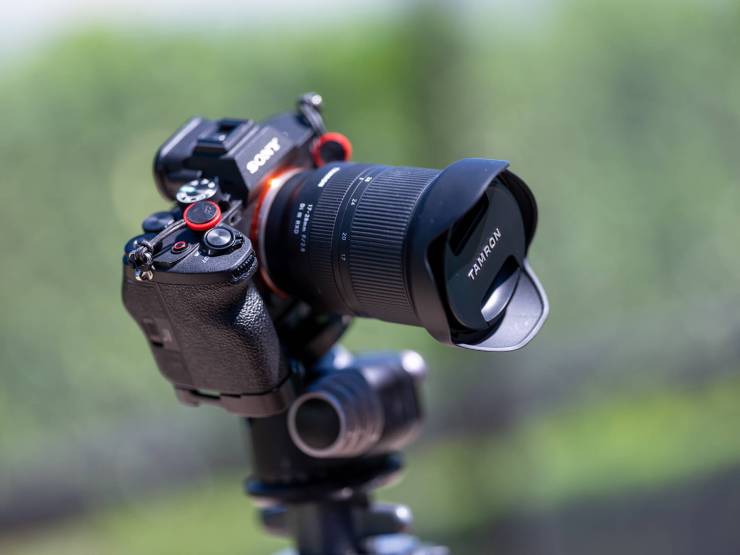
If you’ve ever worked with an ultra wide, fast aperture lens like the Nikon 14-24mm f/2.8 S, then you know it’s a glorious lens — but it weighs a ton! Carrying it around all day can definitely cause some undue aches and pains. The same goes for the Sony 12-24mm. As awesome and as wide as that lens is, it comes in at a hefty 1.86 lbs. Wide aperture, wide angle lenses are usually stout, robust, beastly lenses. But it doesn’t have to be this way …
My first impression of the Tamron 17-28mm was, “this is an f/2.8 ultra wide?” It simply doesn’t look the part — it is far too small and far to light to be taken seriously as an ultra wide. Even the front filter thread, given it’s paltry size of only 67mm, would naturally make one wonder if the Tammy is suitable for its intended task.
Coming in at a featherweight — for it’s class — 14.82 ounces (420g) the Tamron is a breeze to carry around all day. It’s especially noticeable for someone like me who’s go-to ultra wide is the Nikon 14-24mm f/2.8 S mounted to a Z 6II. By comparison, the a7 IV with the Tamron 17-28mm feels like a feather weight compared to a doorstop.
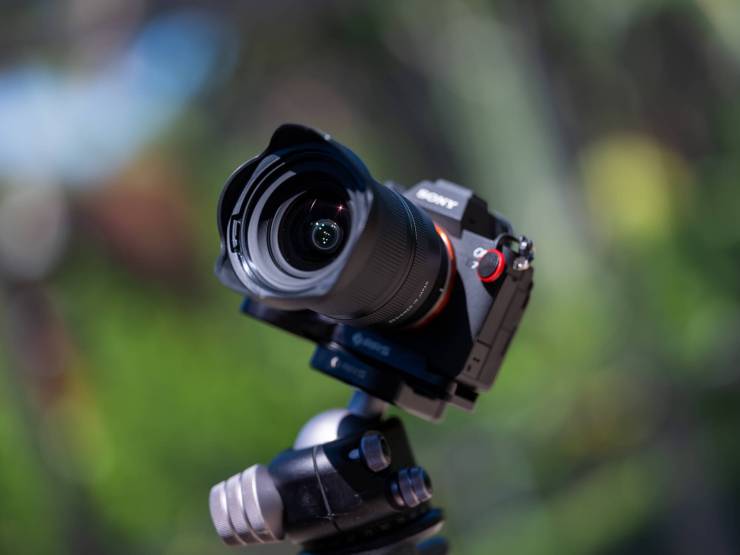
The zoom ring is firm and tactile with a nice, comfortable level of resistance. The lens zooms internally, meaning the lens does not extend beyond the confines of the lens barrel. The focus ring on the other hand offers hardly any resistance at all. It’s fly by wire — as so many E-mount lenses are — meaning we don’t have a focus distance scale. Though focus works well enough, I prefer a focus ring that’s physically attached to the lens elements.
The big benefit to the Tamron is in fact it’s lightweight nature. It’s simply sublime to carry around all day. The lens also has dust and moisture resistance which means we don’t need to fret if we bring it out into the elements.
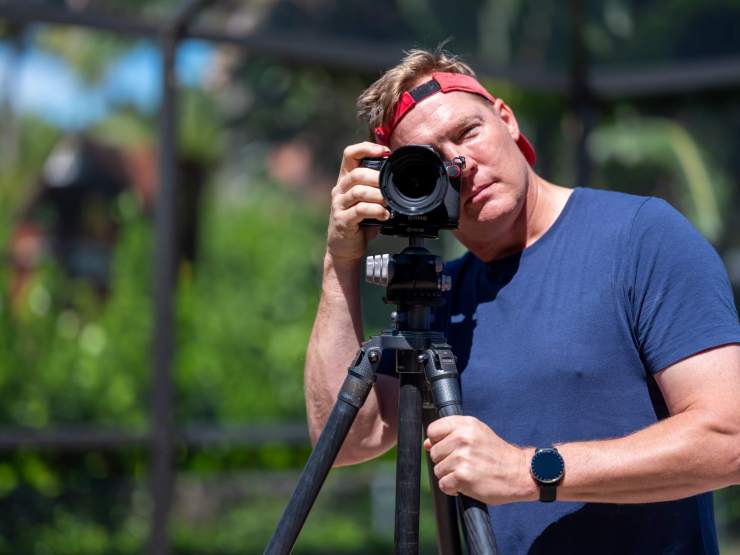
Ultra, ultra wides can suffer from “Alice in Wonderland” like distortion
Many of us in the real estate photography industry tend to get really addicted to super wide glass. There are many downsides to this line of thinking, as mentioned, the bigger, faster and wider a lens is, generally speaking the more it weighs. The second big issue, is distortion — when a lens gets wider than 15mm, there’s almost no escaping some weird warping in your images. It’s just a physical reality.
With the Tamron 17-28mm, our starting point is a wide 17mm, but at this end of the millimeter spectrum, a 2 or 3mm difference is percentage-wise considerably wider. This can make the images much more susceptible to warping, creating “Alice in Wonderland” levels of distortion if you’re not careful.
The Tamron, because it’s starts at 17mm, means my images — though not as wide — tend to be less distorted with straighter vertical lines. This is particularly noticeable toward the frame edges where distortion rears it’s ugly head for many a real estate photographer.
Fast autofocus is nice, but not a deal-breaker
More often than not, when we shoot wide-angle, the subjects are usually static. That is, we’re out in the field taking images of real estate, architecture and landscapes. In those situations, the scene is generally unmoving. Ultra fast AF is nice, but it certainly isn’t going to be a deal-breaker if the lens doesn’t have it.
Moreover, we’re usually shooting at a narrower aperture to render the entire scene in sharp focus. Speaking for myself, I’m most often at f/8 with an ultra wide and so long as I focus on something in the middle of the scene, the whole scene will render in tack-sharp focus.
I can envision plenty of situations where fast AF would definitely come in handy. Maybe you shoot fast action sports — think winter sports and skate boarding. I’m pleased to report the AF on the Tamron is quick and decisive and most important, accurate, especially wide open! Tamron takes advantage of a stepping motor, which is near silent, and very fast. Here’s some photo samples of the AF set at f/2.8. As you can see in this sample, very decisive and very fast with just the slightest bit of “jackhammering.”
Though AF is very, very good with photos, video AF is a bit inconsistent. I set up continuous AF with animal and human AF selected. The first two attempts, the camera/lens didn’t detect eyes at all. In fact, it didn’t even detect subjects. Then all of the sudden, it started to work — and it worked fine. I’m still not sure what happened there; here’s a couple of samples of the video AF once I got it working;
Overall, AF performance is solid for photos and once it gets going, seems to do the trick with video.
Results are ultimately what matters
For me as a working pro and for my clients — what matters is results. At the end of the day, it all comes down to image quality. I’m pleased to say that for the way and style that I shoot, the Tamron 17-28mm is a gem of a lens! I’ve had several other photographers comment about the image quality with some of the images I’ve posted.
When you’re a working pro, you just expect things to work. The 17-28 by in large gets the job done in the image quality department. Below are some samples.
Sharpness
.mgl-tiles { display: none; } #mgl-gallery-634eb24836c72 { margin: -5px; width: calc(100% + 10px); } #mgl-gallery-634eb24836c72 .mgl-box { padding: 5px; } @media screen and (max-width: 768px) { #mgl-gallery-634eb24836c72 { margin: -5px; width: calc(100% + 10px); } #mgl-gallery-634eb24836c72 .mgl-box { padding: 5px; } } @media screen and (max-width: 460px) { #mgl-gallery-634eb24836c72 { margin: -5px; width: calc(100% + 10px); } #mgl-gallery-634eb24836c72 .mgl-box { padding: 5px; } }
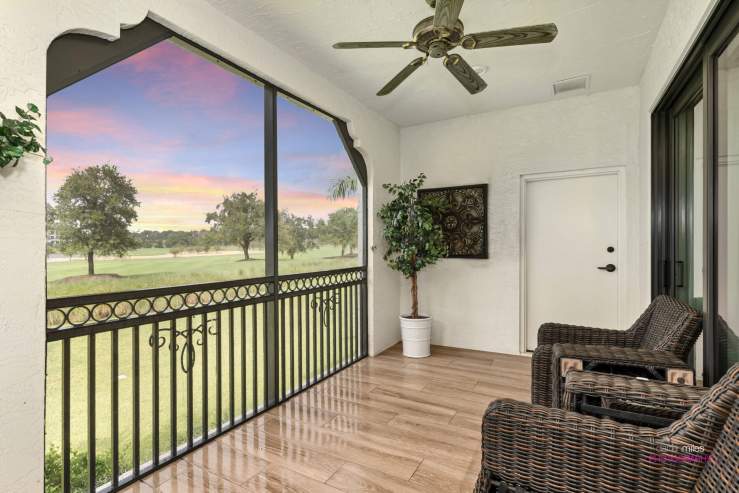
This is nothing short of impressive! Edge sharpness at f/8, where most wide angle photographers are when using an ultra wide — is sublime!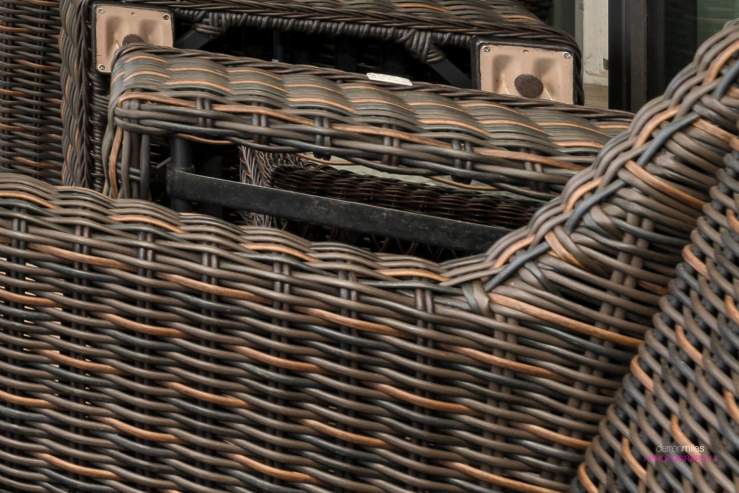
Images are crisp and clean from corner to corner without much image degradation — it’s very impressive.
Bokeh

Like any wide angle lens, we don’t buy the Tamron for it’s dazzling bokeh abilities. Because of the crazy wide field of view it’s difficult to get a decent bokeh shot unless the lens is near or at the minimum focus distance and wide open. That’s about the only time it’s possible to render the background out of focus. Even then, we’re still not raving about stellar bokeh — smooth? Sure. But remarkable? Meh, not really.
Chromatic aberration
Maybe it’s just me, but it seems to me that most lens manufacturers have engineered chromatic aberrations out of lenses — at least in the latest iteration of lenses. These days, it seems a few lens manufacturers are actually trying to deliberately add flaws to their optics. They’ll call it character, I just call it bad optics. With maybe the slightest bit of magenta in the high contrast areas, but nothing that risks ruining an image. Bottom line, chromatic aberrations are essentially irrelevant with the 17-28mm.
Flare
Like most wide angle lenses, if a bright beam of light — like the sun or a flashlight hits the right spot, flare has the potential to ruin an image. Overall it’s well controlled, but at just the right angle, watch out, it can be ruinous to your image. Here’s a sample of a flashlight moving around the edges and if captured at the right spot, it’s a flare tsunami!
The Tamron 17-28mm lets you go wide with the benefits of a standard zoom
If you need to go wide, not ultra, ultra wide, but wide angle. Then the Tamron 17-28mm should definitely be on your shortlist of lenses to consider. Especially if you’re on a tight budget. For what it is and what it’s capable of producing the 17-28mm is nothing short of a remarkable achievement. Stunningly sharp optics — especially in the corners which is impressive, well controlled chromatic aberrations, OK bokeh and fast accurate AF. All wrapped up in one lightweight, affordable and high value package.
There’s a lot to love about the 17-28mm. As a professional who uses Nikon’s 14-24mm, I’m more than a bit envious that I can get these kind of results for a third of the price!
When it comes to shortcomings, there are a few important considerations. On the wide end, we’re just a bit short at 17mm. I wish Tamron extended it out to 15 or 16. My preferred focal length in real estate is 14mm. I understand this would impact the cost, weight and image quality. That said, there was more than one occasion when I was wishing for something just a wee bit wider than what the Tamron has to offer. The other side of the equation is we’re capped out at 28mm. I’m assuming a shorter focal range is a bit easier to manufacture, but I wish Tamron gave us 15-25mm or 14-24mm instead.
For what it is, the 17-28 is an all around exceptional lens, especially at it’s price point. It’s a great real estate option.
.mgl-tiles { display: none; } #mgl-gallery-634eb24837803 { margin: -5px; width: calc(100% + 10px); } #mgl-gallery-634eb24837803 .mgl-box { padding: 5px; } @media screen and (max-width: 768px) { #mgl-gallery-634eb24837803 { margin: -5px; width: calc(100% + 10px); } #mgl-gallery-634eb24837803 .mgl-box { padding: 5px; } } @media screen and (max-width: 460px) { #mgl-gallery-634eb24837803 { margin: -5px; width: calc(100% + 10px); } #mgl-gallery-634eb24837803 .mgl-box { padding: 5px; } }
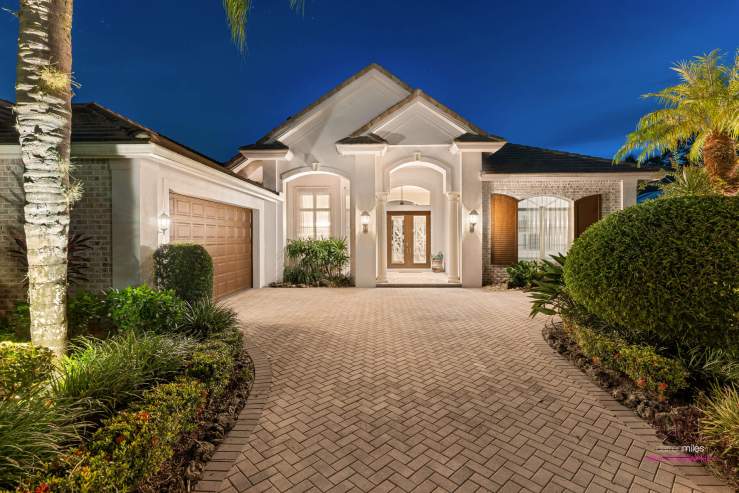

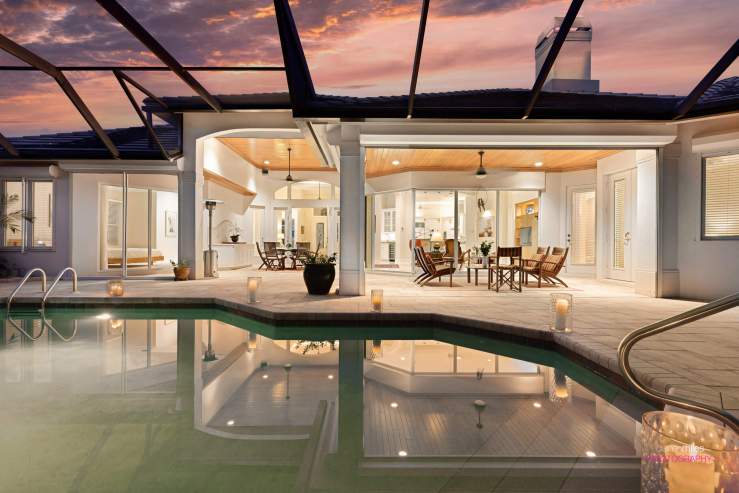
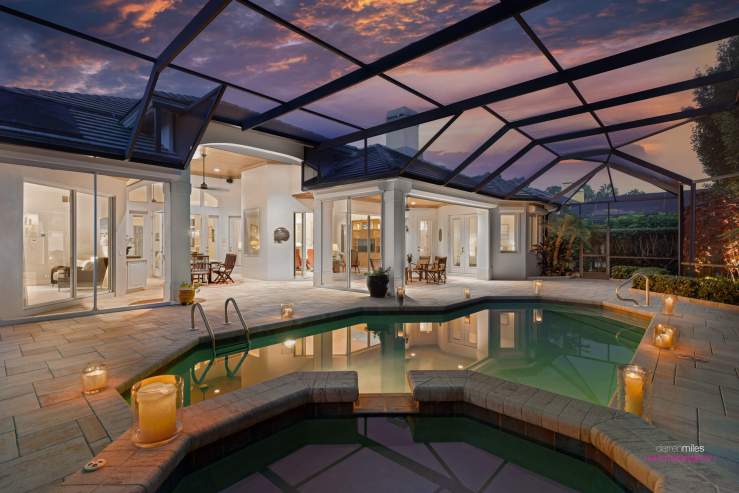
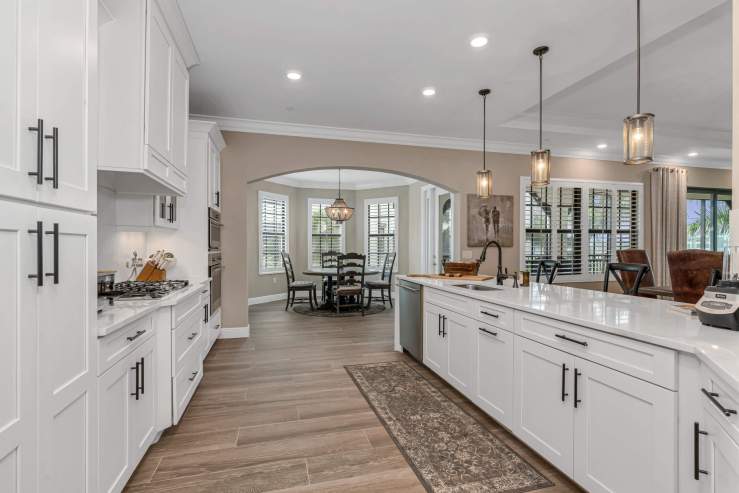
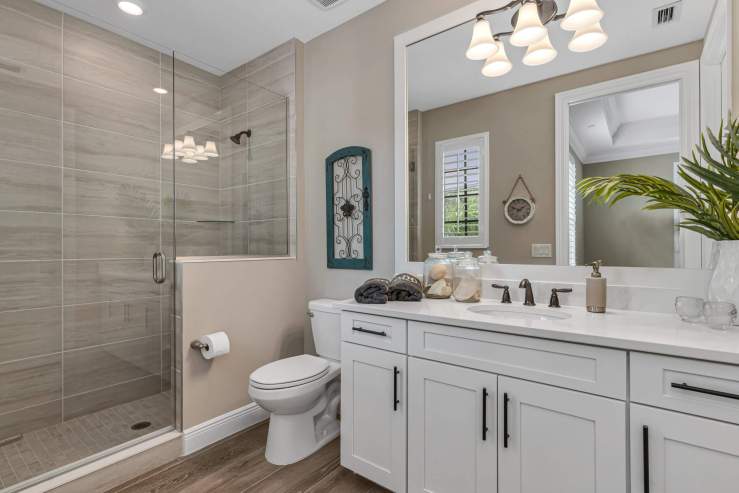

Tell your story with the second annual Visual Storytelling Conference!
Experience four days of interactive, online training sessions featuring a range of educational content with experienced photographers and content creators. This free event kicks off with a series of technical boot camps to build essential skills, followed by live, online sessions on photography, video, business and social media. Join live from March 10-13, 2022!
